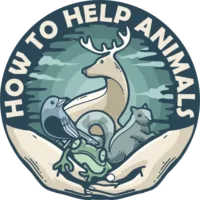Just like humans, birds are also cold during winter. Birds use their body heat to warm up the air between their feathers. Although feathers provide fantastic insulation against the cold, the birds also become cold during winter and hard weather. Birds puff up their feathers to retain heat. Even though it’s cold in winter, small birds tend to lower their body temperature to drop 44-47° F (8-9°C) during the night to preserve energy. Birds are very resistant to the cold, but we can still help them manage.
There are several ways to help the birds during winter. For example, you can keep several bird feeding stations for different types of birds. You can also make sure the bird feeders are free from snow. Make sure you are giving the right feed for your regional birds.
I can’t remember a winter where I and my family haven’t put out food for the local birds. I’ve been blessed with a great variety of different types of birds which has helped me to know more about what type of feed each species enjoy and what to think about. I wish to share my experiences with you.
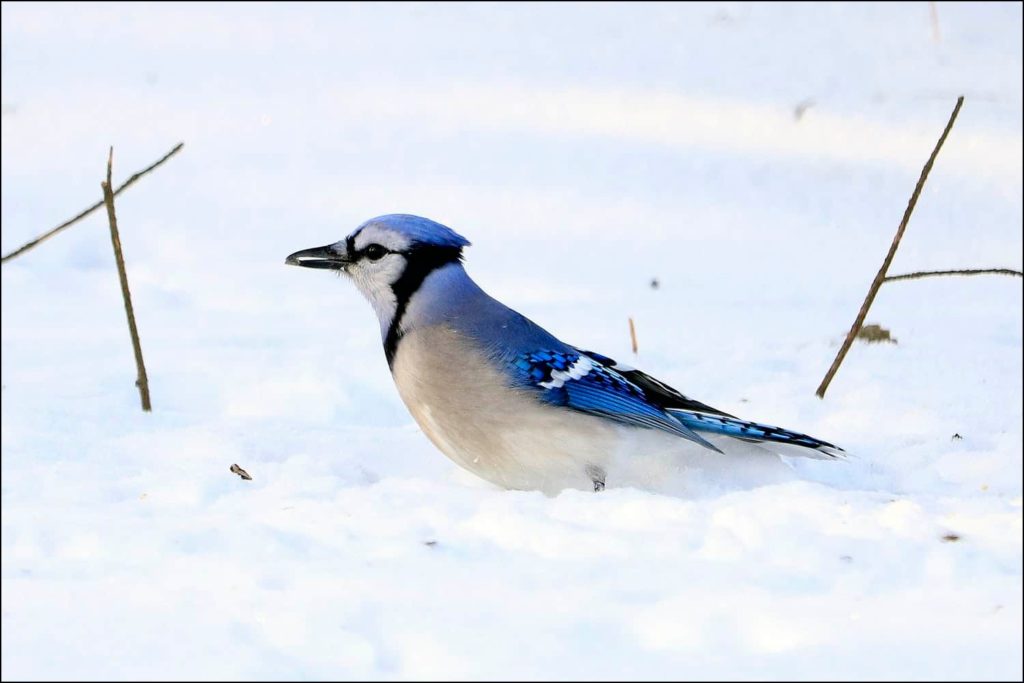
7 tips on how to help and take care of birds this winter
1. Make sure the birds have access to running water
Even though it’s full of snow on the ground and birds easily can use the snow as a water source, it’s far better to give the birds access to natural water. Even though it’s freezing outside, birds still take a bath. They aren’t that superficial but instead care of their feathers. The feathers collect dirt and get oily which prevents the feathers from insulating as great.
Birds don’t prefer using snow as a water source since it takes warmth and energy to convert the snow into liquid form inside the body.
Have a large bowl or similar where birds can easily sit and drink and take a bath. Change the water regularly, so they actually benefit from washing themselves in it.
In case there is risk for the water to freeze there is always an option for an easy to install heated birdbath. However, it can also be used during summer just as a regular birdbath.
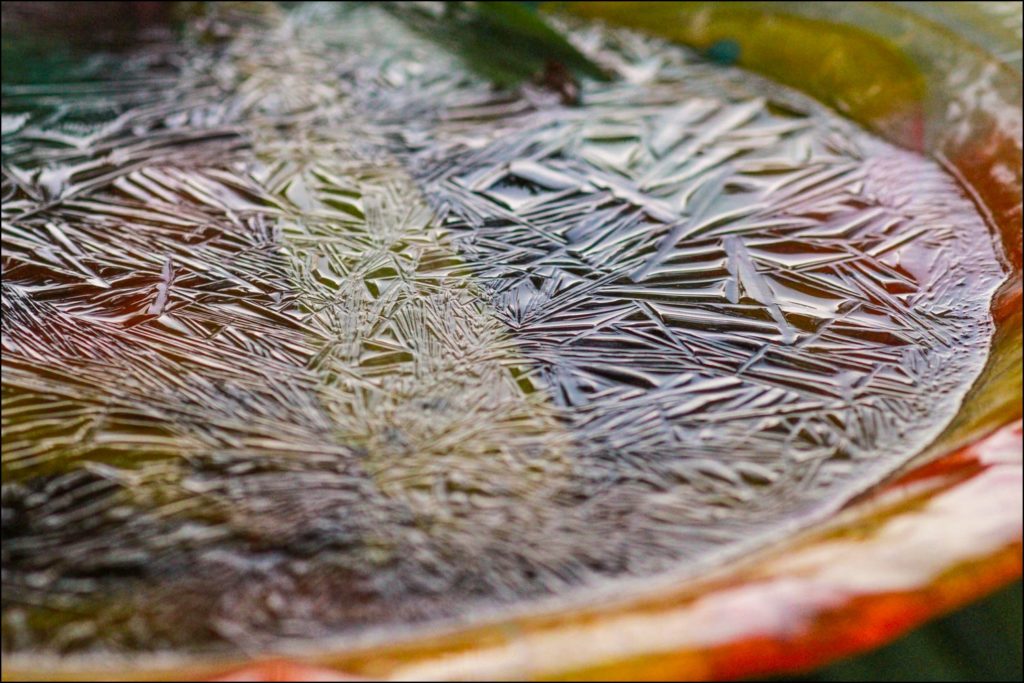
2. Having a great shelter is key
Birds need to preserve their energy. If the bird is flying against hard winds looking for shelters to sit and rest, they consume much energy. The birds require a dry place where they can rest and gather energy. When I’ve built bird shelters, I go for at least 3 feet (1 meter) in width so multiple birds simultaneously can use the shelter.
Before installing your shelter think about where the wind is coming from. Is there a side of the house where there is no wind? That’s a great place to install it. If there are cats nearby, make sure you put it as far up as you can.
There are a ton of good bird feeders on the market that also functions as a shelter.
In case you wish to invite the birds closer to your home, there’s always an option to purchase a good bird shelter you stick on to your window. Ensure the shelter still has walls, a roof, and a perch for the birds to sit on. We gifted this bird shelter to my parents last year, and it was a huge success. Just make sure you stripe your windows from the inside so the birds won’t try to fly through. I wrote a guide on setting up like that in How To Help Animals Without Spending Money.
Smaller bird shelters made for one bird are also popular from what I’ve seen. Those handwoven tipi-shaped bird shelters make it easy to hang them in a tree or from a nail close to the gutter. They aren’t that expensive, and I found a couple of good affordable ones on Amazon.
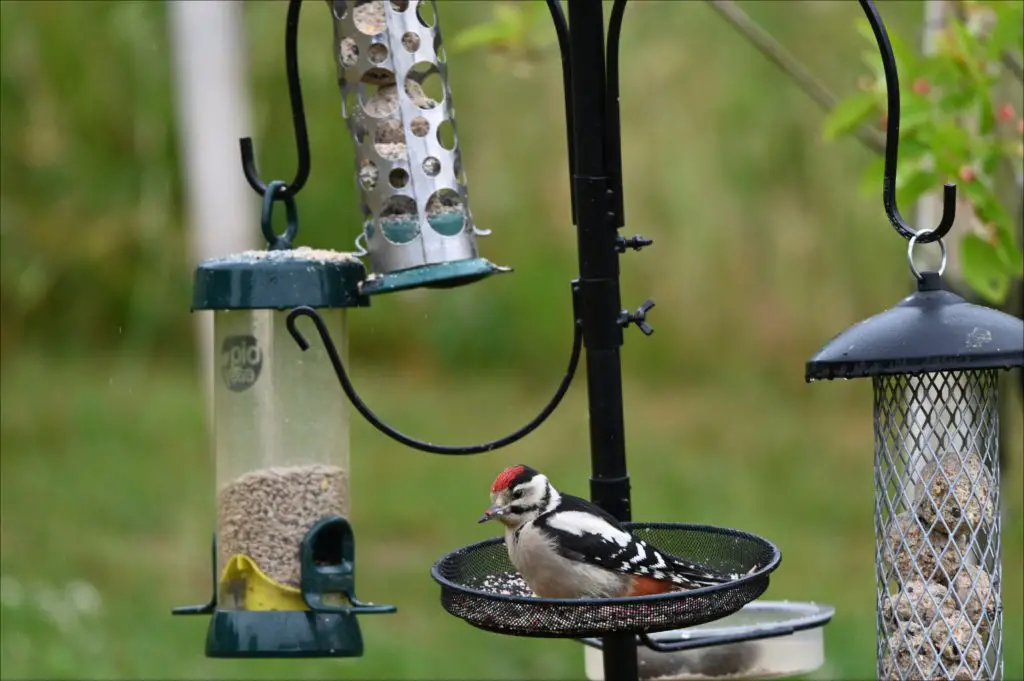
3. Keep the bird feed dry
Keeping the seeds dry is important if you want the birds to eat from it. Some feeders have drainage holes in the food cabinet, but also a small roof keeping it dry. If the feed becomes wet it will soften and get moldy quickly. Cleaning mold from a bird feeder is not a picnic. I ensure you.
4. Make sure the feeder is constantly refilled
I’m aware feeding birds can be both time-consuming and costly. However, it’s very important there’s always is food in the feeders. Filling the feeders half-full is ok and the birds don’t mind. Just as long as it’s not empty. If it’s empty the birds stop returning.
5. Beware of thieves
By thieves, I mean squirrels and other small animals. As you know, also squirrels enjoy nuts and seeds. The waste that birds are leaving welcomes other wildlife and invites them up to the bird feeder. When selecting a bird feeder, make sure it has a protective bottom that hinders the squirrels from getting to the feeder. Or even better, help the squirrels during winter too.
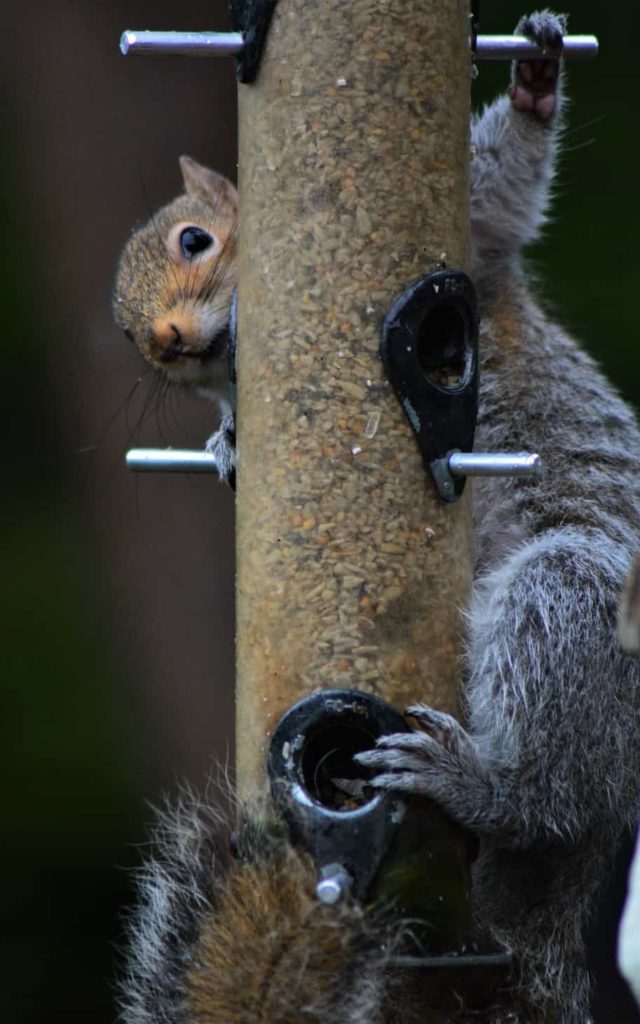
6. Make it accessible and safe
Making the food accessible is very important. But also the safety of birds. Make sure the feeders aren’t close to either bush, trees, or fences. Predators may hide take the birds by surprise. The best place for a bird feeder is where they feel the safest. Hanging it up against a wall which no animal can jump up to or high up in a tree are examples where you can hang your feeder. Be aware squirrels are excellent jumpers.
Beware, not all birds enjoy eating from hanging bird feeders. Like the American crow, some bigger birds prefer eating their feed on a flat surface. You can use a table or some pedestal, but since there’s always that risk of predators nearby, I would instead suggest a bird feeding platter you easily can tighten to your balcony.

7. What can I feed the birds that don’t like seeds and nuts?
There are some birds out there who enjoy the taste of flesh more than nuts, seeds, and berries. For example the American crow, the chickadee, the mockingbird, and flicker. See the list below.
You can cheaply buy freeze-dried mealworms and get thrilled bird neighbors. If you have betta fish, they will enjoy some worms now and then too. There is also something called uni patee which is a mix between berries and insects. It’s very cheap and many of the insect-eating birds will love you. Especially the Chickadee.
What are the bird’s favorite food?
| Bird | Favorite food |
| American Crow | Insects, amphibians, and eggs |
| American Goldfinch | Nyjer seeds and sunflower seeds |
| American Robin | Worms and berries |
| Black-capped Chickadee | Caterpillars and berries |
| Blue Jay | Nuts peanuts |
| Canada Goose | Grains, grasses, wheat |
| Carolina Wren | Suet and peanuts |
| Common Grackle | Corn, rice, sunflower seeds |
| Dark-eyed Junco | White proso millet and hulled sunflower seeds |
| Downy Woodpecker | Suet, sunflower seeds, millet, and peanuts |
| European Starling | Centipedes, berries, seeds, and apples |
| Great Blue Heron | Small fish |
| House Finch | Seeds, buds, and fruits |
| House Sparrow | Millet, milo, and sunflower seeds |
| Mallard | Small fish, snails, and moths |
| Mourning Dove | Grass seed and flower seeds |
| Northern Cardinal | Safflower seeds, white milo, and black oil sunflower seeds |
| Northern Flicker | Insects, fruits, and seeds |
| Northern Mockingbird | Seeds, insects, and bugs |
| Red-bellied Woodpecker | Suet, bark butter, peanuts, and sunflower seeds |
| Red-tailed Hawk | Voles, rats, rabbits, and squirrels |
| Red-winged Blackbird | Insects, grains, and seeds |
| Song Sparrow | Weed and grass seeds, berries, and insects |
| Tufted Titmouse | Sunflower seeds, suet, and peanuts |
| Turkey Vulture | Carrion, dead birds, reptiles, and amphibians |
| White-breasted Nuthatch | Insects, seeds, suet, and peanut butter |
Making your own simple vegan fat “balls” for birds
Besides seeds, nuts, weeds, and grain birds also need and require saturated fat. Giving the birds fat balls will give them much-needed fat to survive winter.
Making vegan fat “balls” is really simple and takes just a couple of minutes.
Ingredients for 3 balls:
- 3 cups mixed seeds
- 1lbs (450g) Coconut fat
- 3 milk cartridges
- 3 strings
How to do homemade vegan fat balls for birds in winter:
- Smelt the coconut fat in a pot
- Add in the seeds and stir until it blends
- Cut a used milk cartridge in half so you will get a cup
- Pierce a hole through the bottom half
- Grab a string and make a knot that won’t fit through the hole you just made
- Pull the string through the hole through the bottom, from the inside to the outside, so that the knot will be inside the container.
- Duck tape some of the string under the cartridge.
- Pour the coconut fat seed mix into the cartridge and let it sit until it hardens.
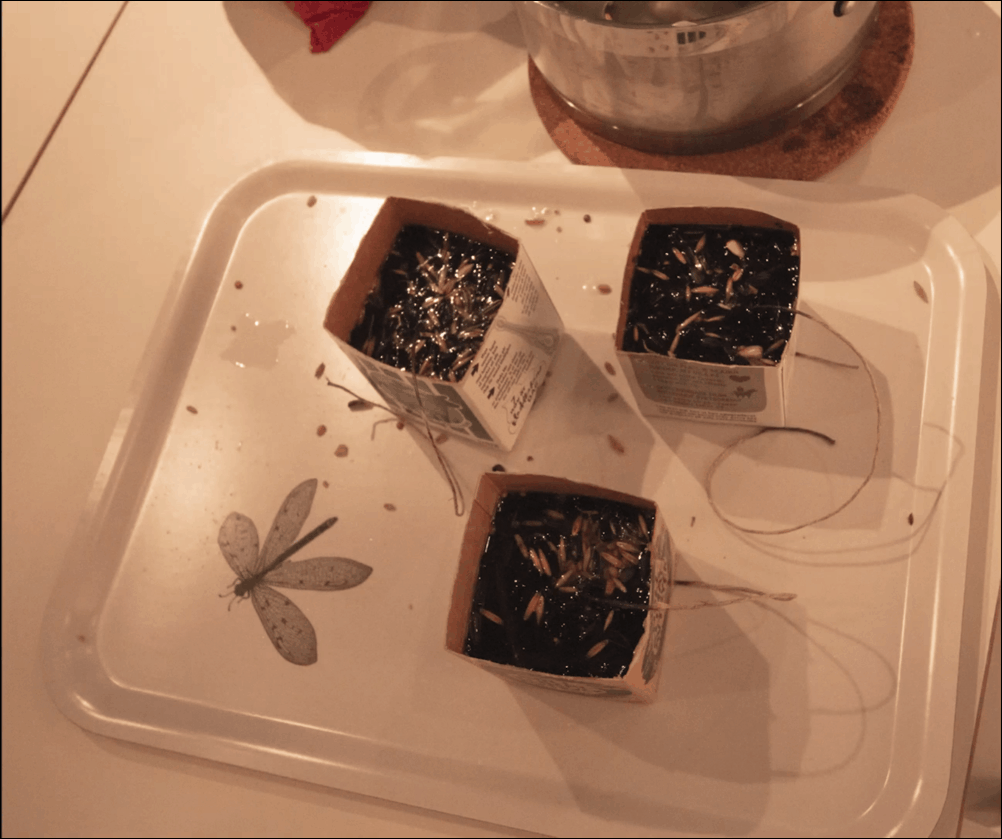
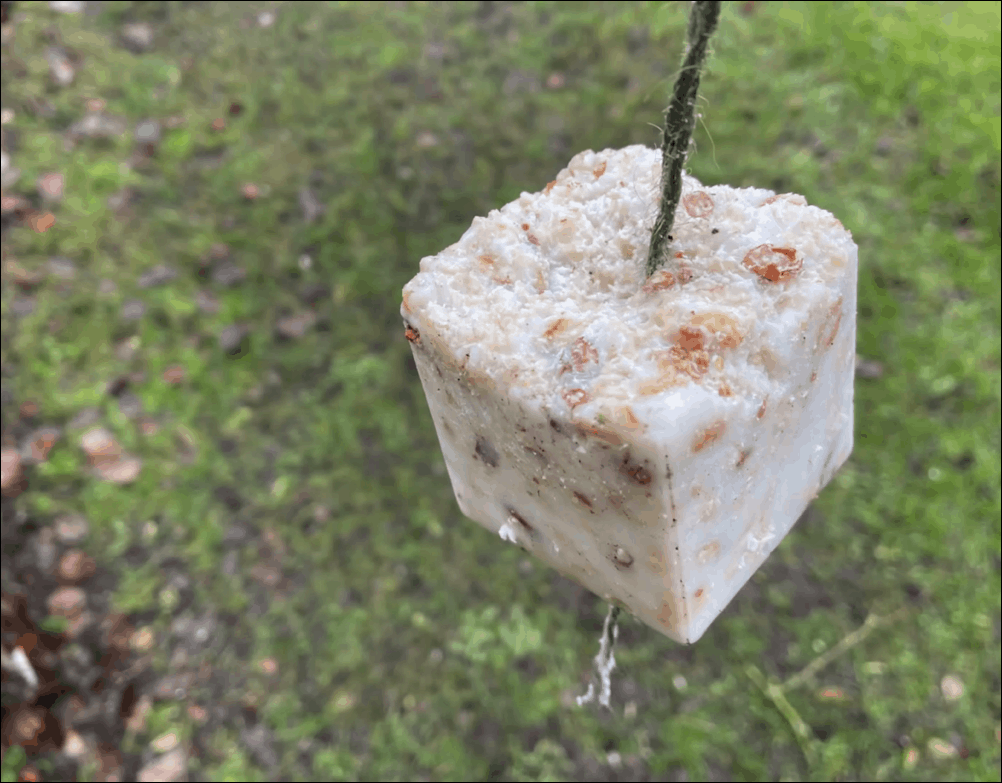
How do you keep wild birds warm in the winter?
Birds get warm by the layers in their feathers and burning food in their body. For the feathers to insulate the best they need to be clean, and for them to be clean the birds need to take baths and remove grease and dirt.
Just as humans, our intestines break down our food, making our body temperature rise—the same thing with birds. Giving birds a nutritious bird feed with a huge variety of different grains, nuts, seeds gives them a huge advantage in surviving the cold winter. You must have a feeling of which birds you have in your area. Check the back of the fodder to see which birds you attract. I usually go with this brand since Chickadees are very common here.
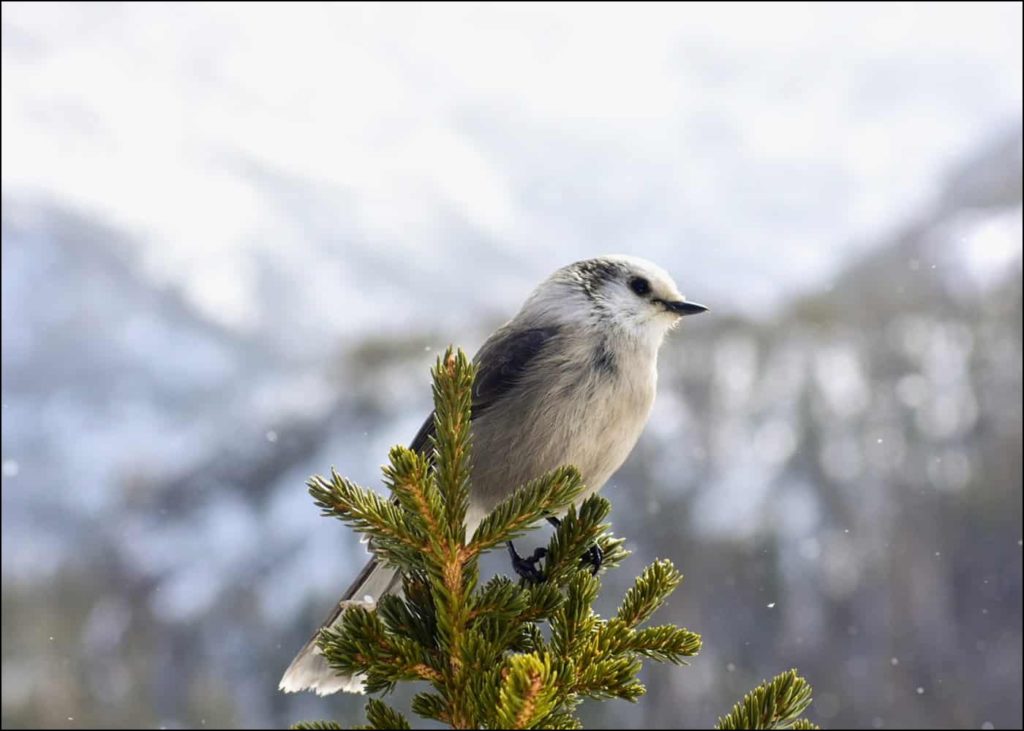
How do you give a bird shelter for the winter?
Providing shelter for birds during winter is one of the most incredible things you can do for the birds. They need a quiet place where they can regain strength and energy and raise their body temperature again. However, there are some things you will need to know before choosing a bird shelter.
Where should I put the bird shelter?
The shelter should be hung in a dry place, free from wind. Be aware of where the wind usually comes from and position it so it will be shaded.
At what height should I install the bird shelter?
I usually hear people saying 5 feet (154cm) is a good place to install a bird shelter. However, I think you should go even higher. Cat’s, squirrels, and other animals can easily jump up, disturbing the peace at that height.
What should I think about when choosing a bird shelter?
Make sure the bird shelter has walls and roof. There shouldn’t be any risk snow or rain can make its way in. Beyond making the birds cold it also wets the feed which makes it easier to mold and ruin.
- Walls and roof
- Food storage
- Perch is a bonus
This bird shelter qualifies for me since it both can hung and mounted on a pole.
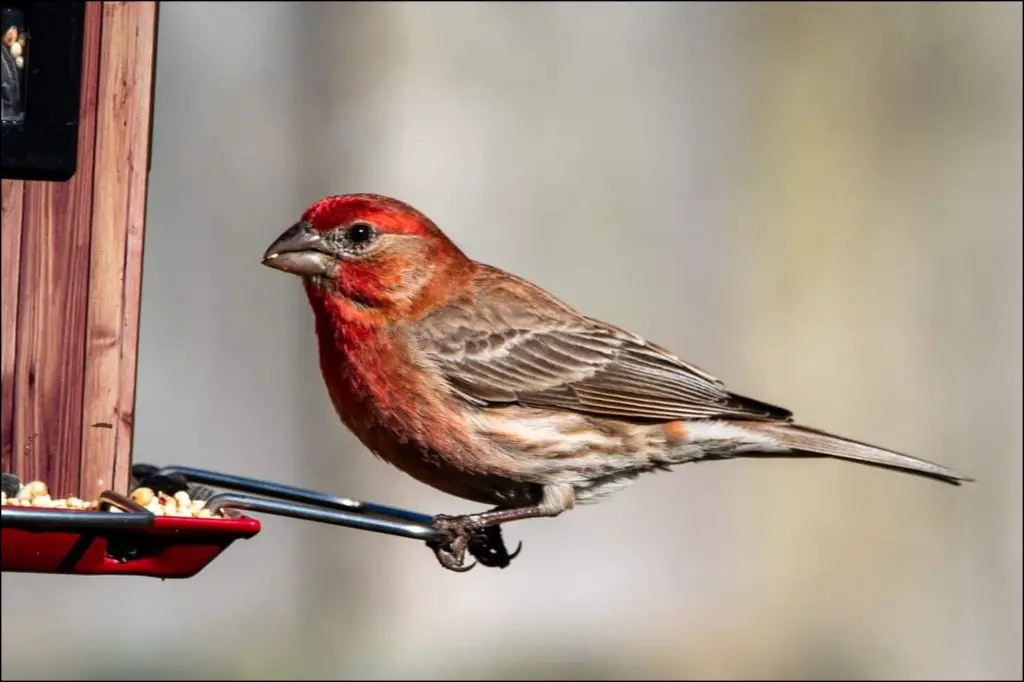
Is bread bad for birds?
Bread isn’t per se bad for birds, but it doesn’t provide beneficial nutritional value in relation to the space it takes up in the stomach. Thus, it would be more beneficial for the bird to feed it grains, nuts, seeds, or berries.
Should you feed birds all year round?
Even though winter is the most demanding time for birds, it would also benefit them the whole year since food shortages can occur, and building a good fat layer during the year will help the bird tremendously during winter.
During summer, you don’t need to focus so heavily on fatty seeds and nuts. It’s ok to add sunflower seeds, oatmeal. However, it’s always good to be prepared if there would be a food shortage of some sort.
